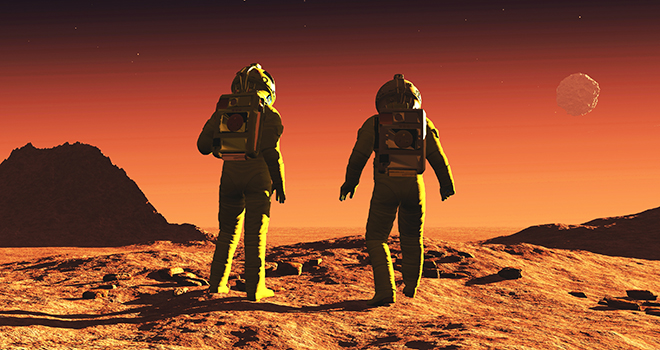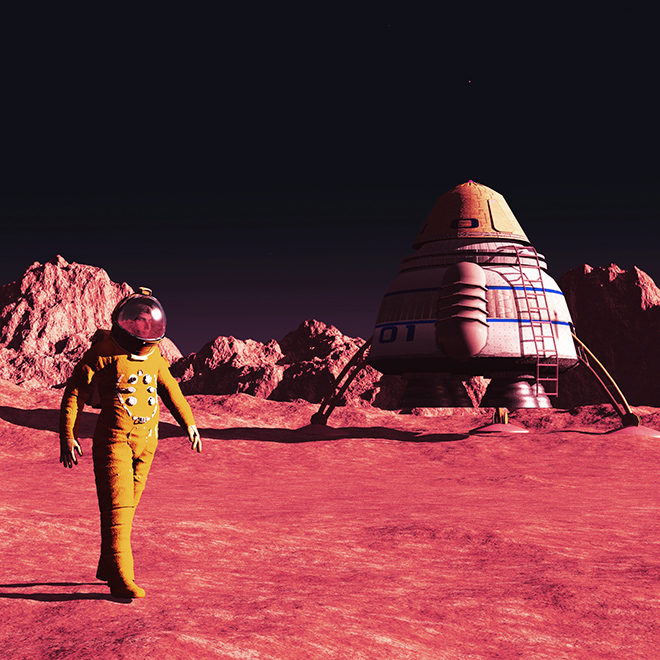
In our past articles, we briefly mentioned Mars One, a not-for-profit Dutch company looking to establish a permanent human settlement on Mars. This once in a lifetime opportunity, which was originally set to launch in 2024, has already drawn the attention of over 200,000 eager adventurers and soon-to-be astronauts. Yet, according to a new analysis by a team of grad students at MIT, this trip may be too good to be true. In fact, new arrivals would most likely begin dying within just 68 days of touching down.
Specifically, the biggest problem concerns the amount of breathable air that is available. On Earth, plants inhale what animals exhale and visa versa. This creates a perfectly stable habitat to provide all life with enough carbon dioxide and oxygen to survive.

However, to recreate the same environment on Mars is a bit more complicated. The problem arises with lettuce and wheat, both of which are considered essential crops to our diet. Bringing the crops to Mars, however, would push 02 levels past “3 molar fractions”, or the point at which the threat of fire rises to dangerous levels. The risk is especially high after 30 days, when lettuce matures and again at 68 days, when wheat matures.
A simple solution to the problem would be to vent the excess O2 out. However, at this time, venting apparatuses are not able to distinguish one gas from another. Thus, nitrogen – an essential gas needed to make up the atmosphere – would also be filtered out. Without nitrogen, the internal pressure of the planet would be too low to survive in.
The equipment that Mars One plans to use also raises some questions. Although much of the hardware has already been proven functional aboard the International Space Station (ISS), Mars’ gravity – which is 40% of Earth’s – is entirely different from the micro-gravity (essentially zero gravity) that the hardware currently operates in. Thus, a piece of equipment weighing 10 lbs. on Earth would weigh 0 lbs. in zero gravity and 4lbs. on Mars. The difference in partial gravity will “inevitably lead to different [environmental] technologies.”

Without taking this into consideration, technical breakdowns are certain to occur at alarming frequencies. In fact, according to the MIT graduates, over the course of 130 months, the need for spare parts would consume 62% of the payload space on resupply missions. This leaves little room for the essentials, such as food and medicine.
Then there are the smaller details to take care of, such as the budget. The graduates predict that the estimated price tag of $6 Billion would barely scratch the surface of the actual amount needed to successfully go through with the mission. But until these kinks in the plan are catered to, don’t expect to see any flags on Mars just yet. We can’t say we aren’t hopeful though.

















